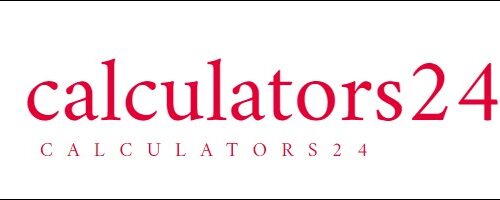Exploring Number Systems: Binary and Hexadecimal Unveiled
In the expansive realm of digital technology, an indispensable facet revolves around comprehending various number systems, particularly binary and hexadecimal (hex). These numerical frameworks form the bedrock of programming, computer science, and electronics. Let’s delve into the intricacies of binary and hexadecimal, understanding their significance and how a Binary/Hex Converter serves as a pivotal tool in simplifying interactions with these systems.
Binary and Hexadecimal Demystified
Binary (Base-2):
At its core, binary stands out as the most elemental number system, employing merely two digits: 0 and 1. Each digit embodies a power of 2. For instance, the binary sequence 1101 translates to (1 x 2^3) + (1 x 2^2) + (0 x 2^1) + (1 x 2^0) in decimal, equating to the numerical value of 13.
Hexadecimal (Base-16):
Hexadecimal, often colloquially referred to as hex, introduces a richer palette with 16 digits: 0-9 and A-F. Each digit signifies a power of 16. Its prevalence in programming and electronics stems from its succinct representation of binary data. As an illustration, the binary number 11011011 elegantly condenses into the hex representation DB.
Significance of Binary and Hexadecimal
Binary:
Functioning as the lingua franca of computers, binary encapsulates all data within a computing system, be it text, images, or program code. Proficiency in binary is pivotal for tasks like debugging and delving into low-level programming intricacies.
Hexadecimal:
Hex steps in to streamline operations involving binary data. Consider a 32-bit binary number—lengthy in its native form. Hex alleviates this verbosity, expressing the same information in a mere eight hex digits. Its applications extend to memory addresses, color codes, and various other facets of computing.
Unveiling the Binary/Hex Converter
A Binary/Hex Converter emerges as an invaluable ally for individuals navigating the realms of computers and digital systems. Let’s decipher how this tool simplifies myriad tasks:
Conversion:
Effortlessly switch between binary and hex with the converter. Input either a binary or hex value, and witness the instantaneous provision of its equivalent in the alternate base.
Clarity:
Hexadecimal furnishes a concise snapshot of binary data. The converter facilitates seamless transitions between the two, ensuring a perpetually lucid perspective on your data.
Programming:
In the realm of coding, hexadecimal takes center stage in representing memory addresses and data. The converter empowers programmers to seamlessly oscillate between binary and hex as necessitated by the task at hand.
Debugging:
When scrutinizing binary data for debugging purposes, swift conversion to hex simplifies the analysis. This expedites the identification of errors and glitches within a program.
Efficiency:
Manual conversion between binary and hex is not only time-consuming but also prone to errors. The converter, acting as a conduit, streamlines this process, enhancing overall efficiency.
In Conclusion
Within the spheres of computing and electronics, binary and hexadecimal emerge as indispensable numerical systems. A Binary/Hex Converter assumes the role of a versatile companion, simplifying tasks such as programming, debugging, and data analysis. Whether you’re a seasoned programmer, an avid electronics enthusiast, or simply curious about these numerical systems, a Binary/Hex Converter stands as an invaluable resource, facilitating a seamless journey through the intricacies of binary and hexadecimal landscapes.
